Watching the antics of bottlenose dolphins in the Moray Firth is all in a day’s work for Alison Rose.
She also regularly gets to see seals, osprey, and otters, with occasional glimpses of basking sharks, porpoises, minke whales, and common dolphins.
Alison is the manager of the Scottish Dolphin Centre, run by international marine charity Whale and Dolphin Conservation (WDC).
Their aim is to amaze people with the wonder of whales and dolphins, and inspire global action to protect them.
Originally from Merseyside, Alison studied zoology at university before deciding she wanted to work in environmental education.
She joined the Scottish Dolphin Centre originally on a three-month placement.
That was 15 years ago, and she was made manager in 2012.
Alison says: “I just love this area, it’s such a nice way of life, and the people are lovely and very friendly.”
Seeing people’s reactions to the wildlife is a one of the perks of the job.
Alison said: “Some people have traveled a long way to try and catch a glimpse of wild bottlenose dolphins for the first time, it’s maybe been on their bucket list, and it can actually be a really emotional moment when they do. It can be life-changing.
“You need a bit of luck on your side to see them – they come here to feed on salmon – but that’s what makes it so magical when you do see something.
“I once took a group of schoolchildren, who each had a pair of little binoculars, and the timing was perfect – a pod of dolphins came past and the kids were just overcome with excitement.
“There also are loads of really cool stories about the individual dolphins, because you can tell them apart from their dorsal fins, so we can inform people about how old they are, and if they’ve had calves, for example.
“What’s more, the importance of looking after wildlife and the environment is even clearer to people when they see it first-hand.”
Here, Alison outlines five of her favourite activities in the Spey Bay area.
Walks
“There are some lovely walks along the Moray Coast Trail, about 50 miles from Findhorn to Cullen, along Spey Bay,” Alison says.
“If you head east from here, you can explore a little woodland, and then it takes you through the village of Portgordon where there is a seal colony and haul-out site of both Common and Grey seals.”
She stresses that while the blubbery creatures are absolutely magic to watch, they must be given plenty of space, and dogs must be kept on a lead.
“The seals spend time on the beach to rest here, and it means you can get a really good view of them, but they’re very prone to disturbance, so it’s essential that people don’t get too close. If they start looking at you, you’re too close.”
Byres Farm
Alison is a fan of Byres Farm in Fochabers, where she and her family are regular visitors.
Like the Scottish Dolphin Centre, the working farm has an education mission, encouraging children to think about and understand where their food comes from in a fun, interactive and informal way.
“It’s really fun,” Alison says. “My five year old is the perfect age to enjoy it.
“There is so much to do, and he loves feeding the animals and racing around on the pedal tractors.
“They often run special events, such as dinosaur days, so it’s worth keeping an eye on their social media.
“The farm is in a lovely spot so you can take in the views as you walk along the trails or as the kids play. You can spend quite a lot of time there.”
Speyside Way
During her lunchbreak, Alison often takes a walk along the Speyside Way which crisscrosses the Spey and its tributaries.
“After 20 minutes or so you can take a right turn and walk along a disused railway bridge, the Spey Viaduct, which is now part of the National Cycle Network.
“It’s a really amazing bridge to be on, and looking down at the mighty River Spey from there is pretty special.”
She adds that if you fancy a bit more of a walk, you can head to Garmouth and get a caffeine fix at Speyside Coffee, established in 2017 by Grant and Jody Spence.
Tugnet Icehouse
The Scottish Dolphin Centre is free to visit, but also offers paid tours of its Tugnet Icehouse, the largest remaining icehouse in the UK.
It’s more than two centuries old, and was built to store freshly caught salmon.
Alison recommends the tours as they bring to life Spey Bay’s salmon fishing heritage.
She says: “You can hear the stories of the fishermen who worked here and see a range of the authentic tools they used.
“In the bones room, you will find out all about the whales and dolphins that live in Scotland’s seas.”
Beach
For Alison, the shingle beach at Spey Bay is another favourite haunt.
“It’s the largest shingle beach in Scotland,” she says.
“It’s such a beautiful place to watch the sunset. If you’re visiting from April onwards, keep an eye on the sky for osprey who feed in the estuary.
“Or you might spot a group of bottlenose dolphins, some of the 190 individuals that are resident here.
“Their boisterous antics make spotting them an iconic Scottish wildlife experience.
“But they are at risk here from chemical pollution, litter, and underwater noise from developments, and WDC are working hard to reduce these threats through campaigns and policy change.”
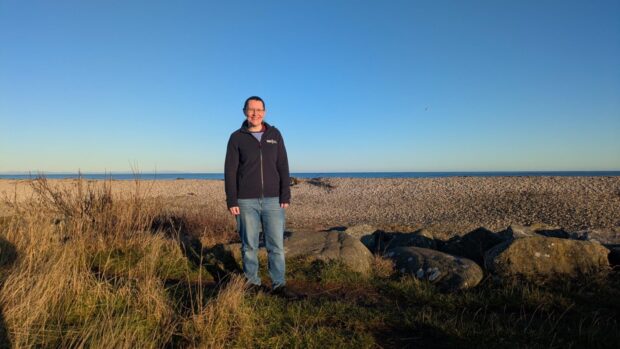
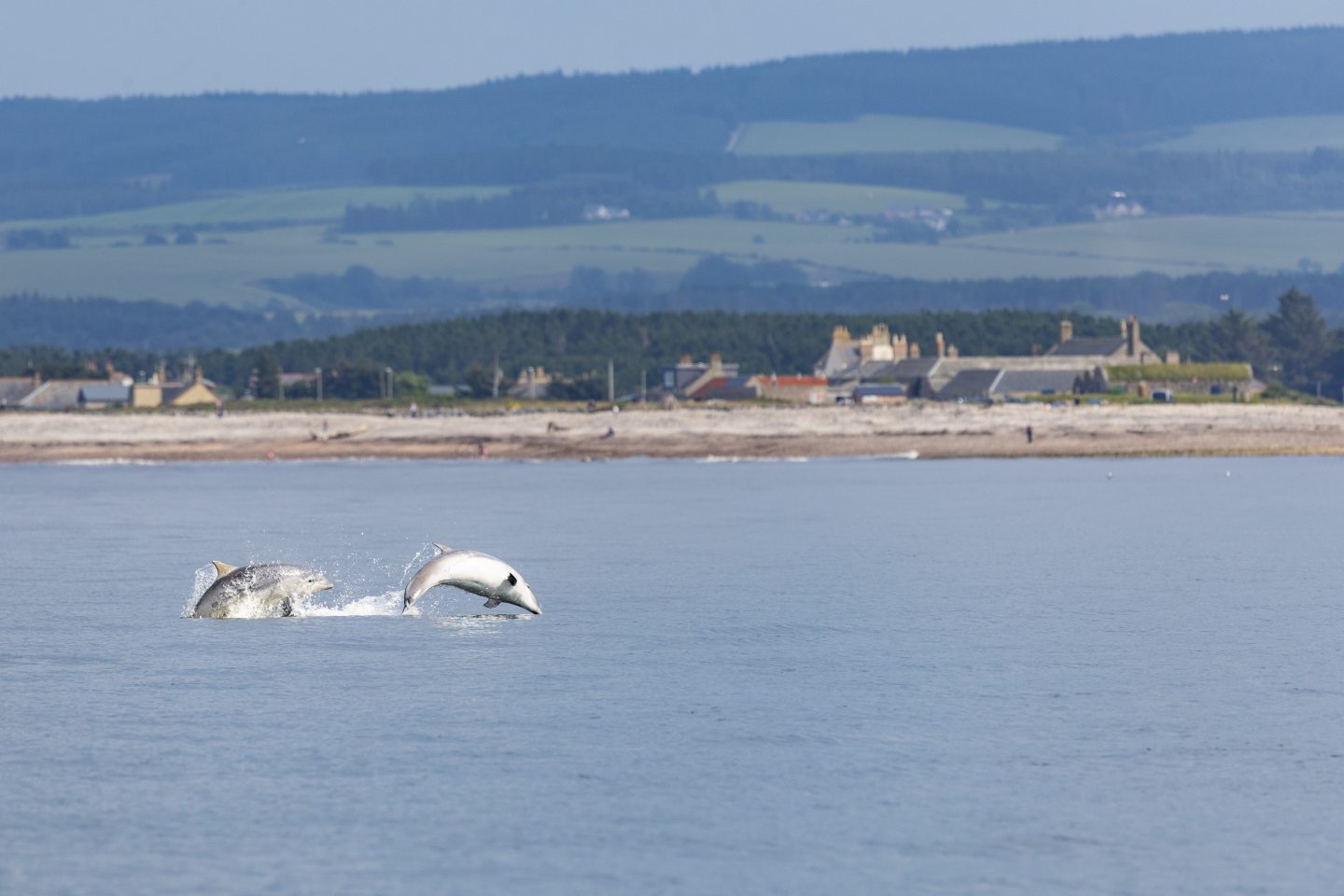

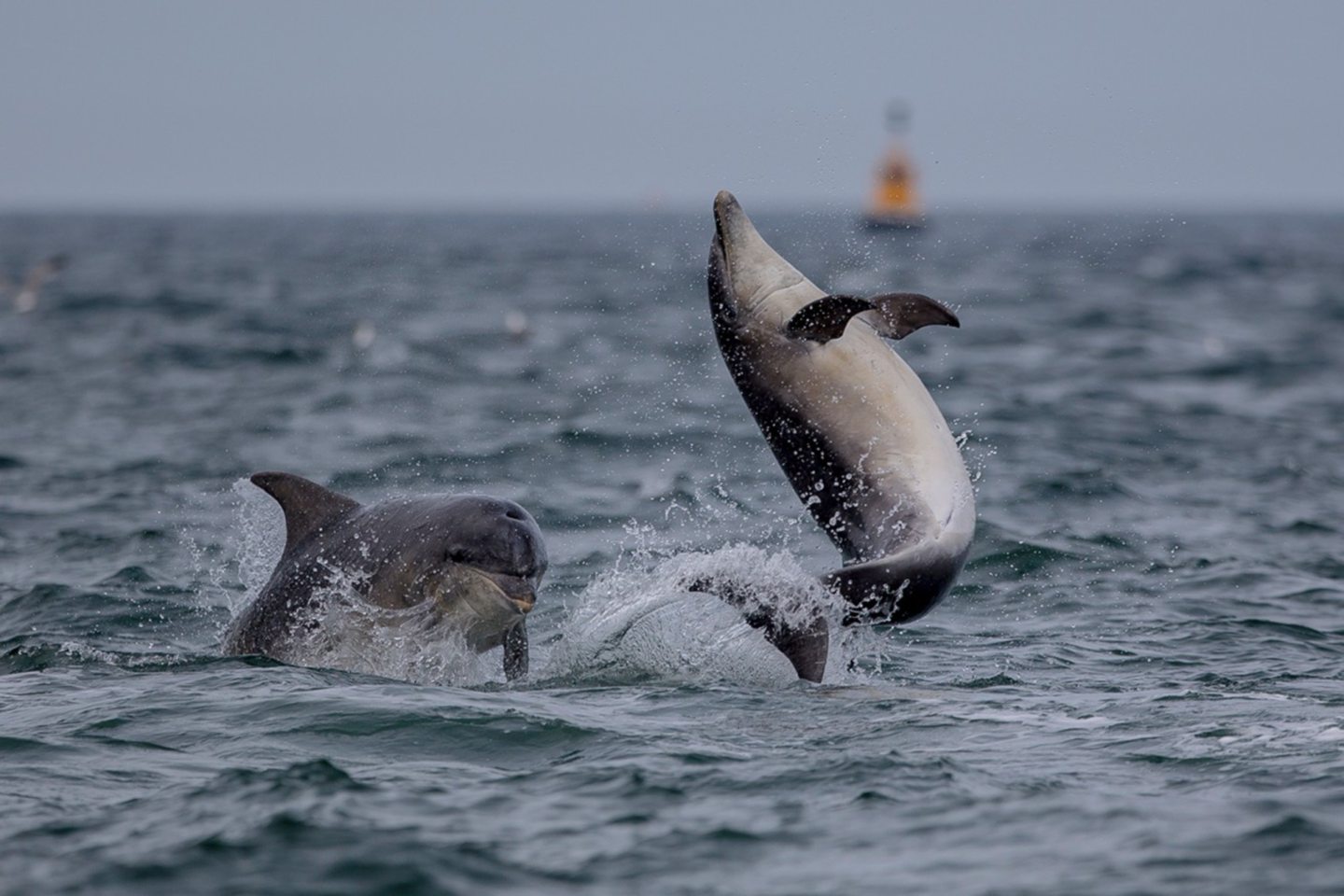
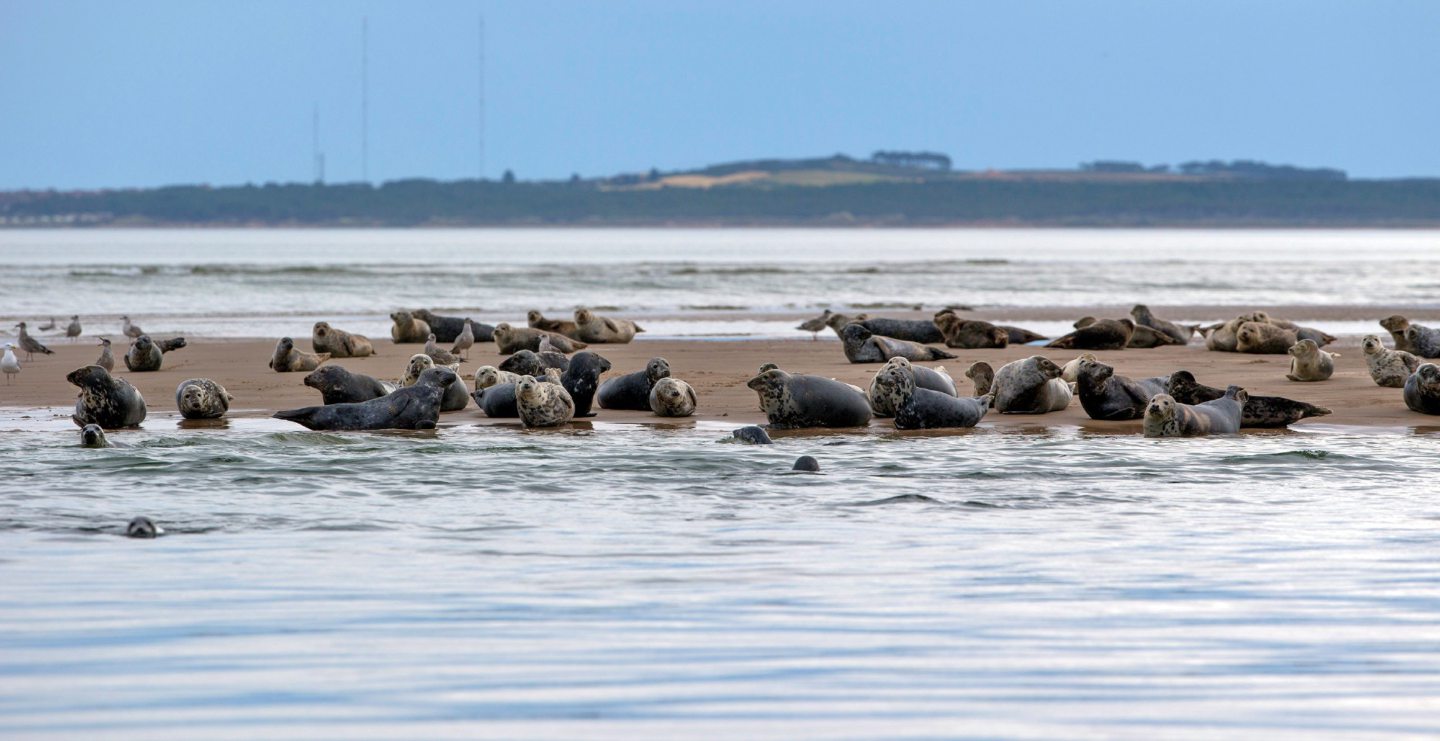
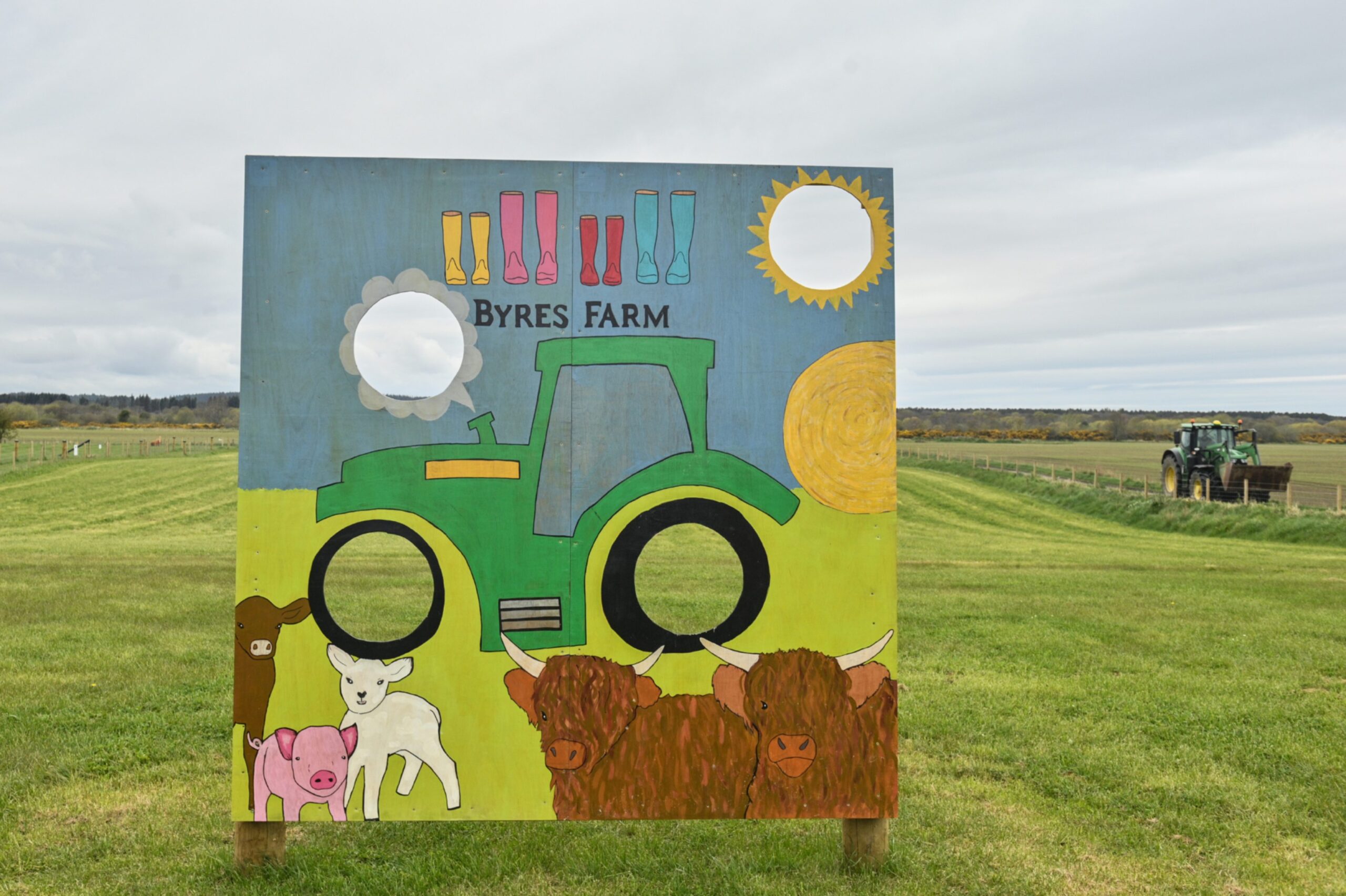
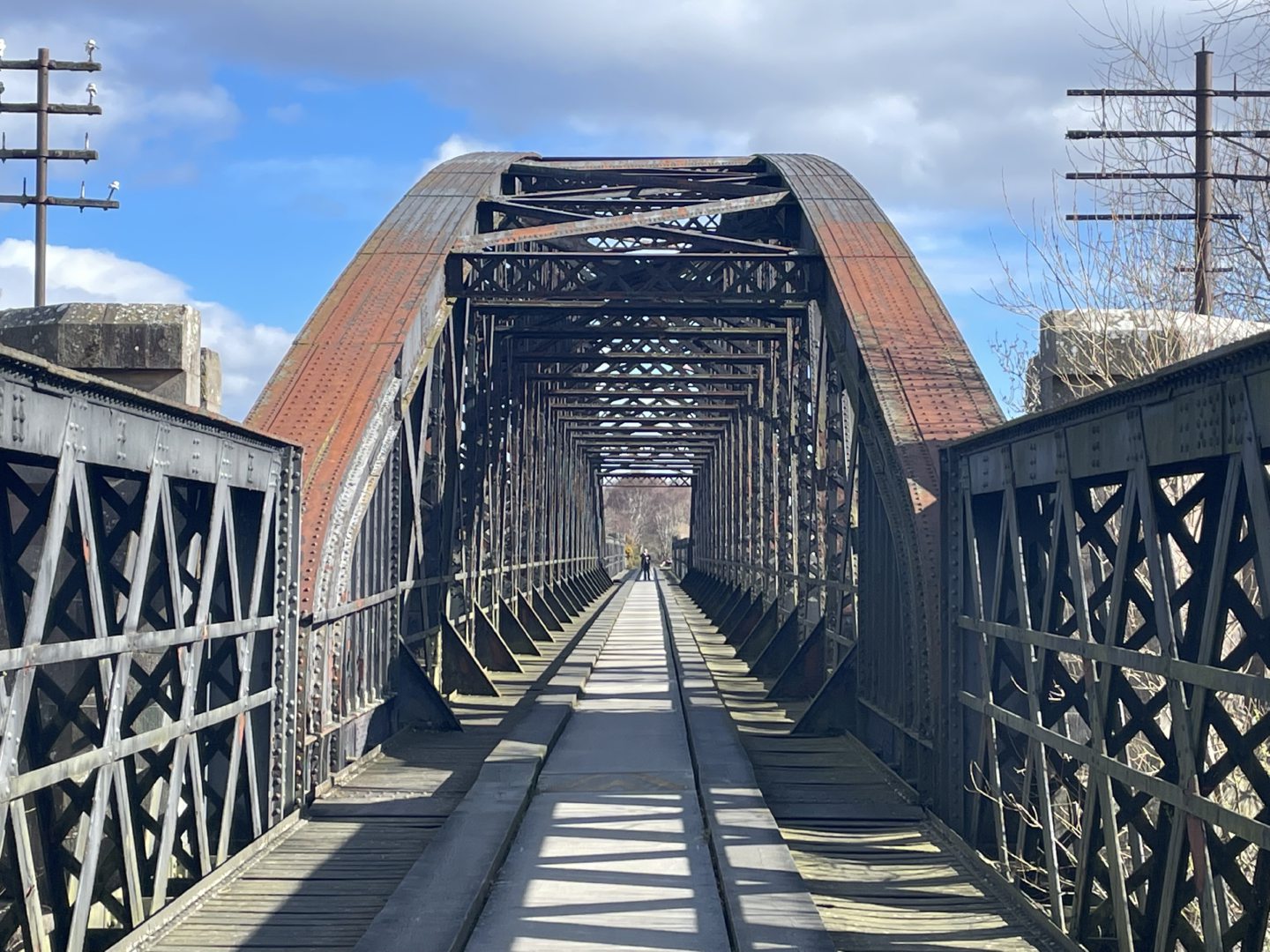
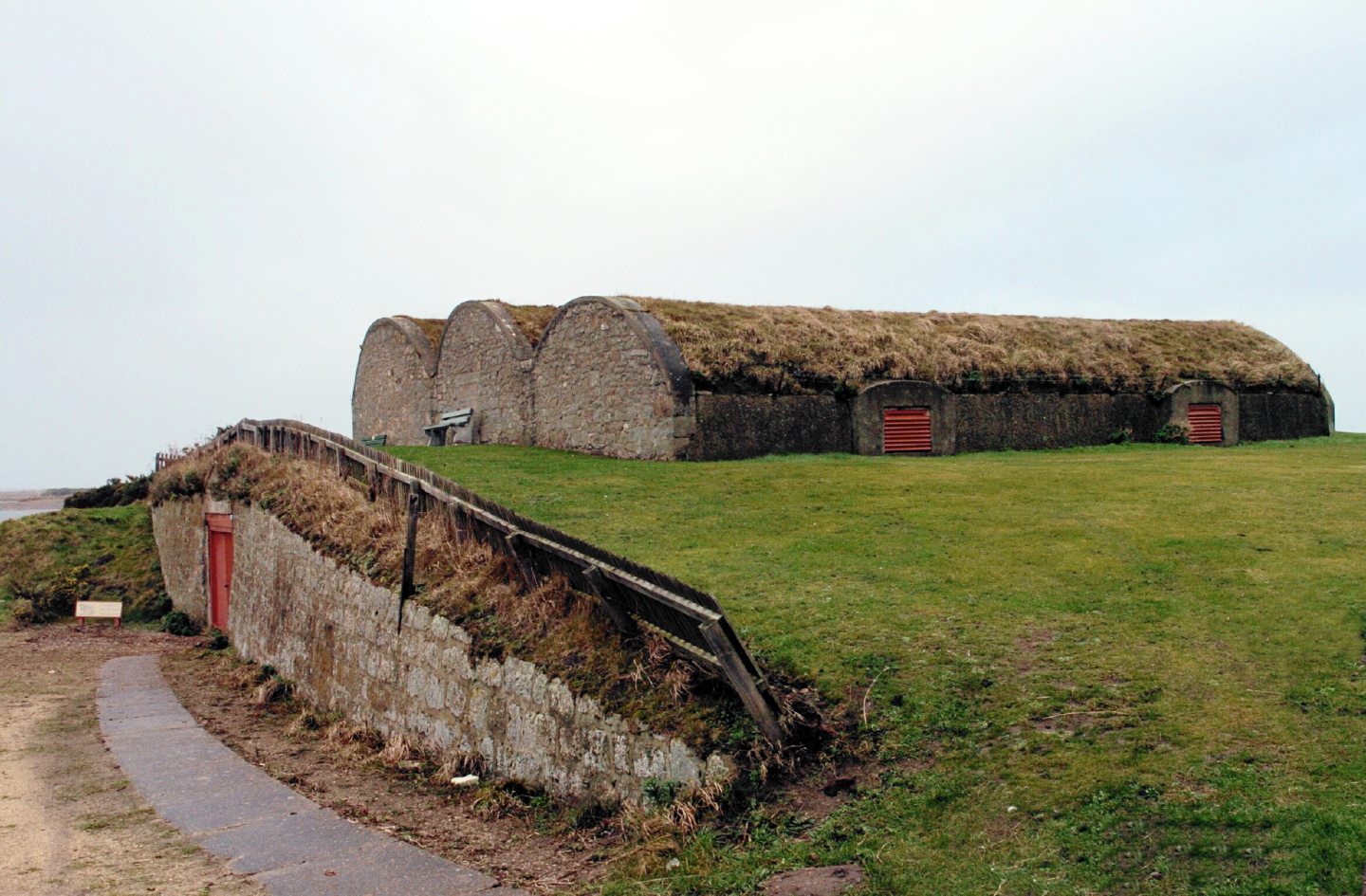
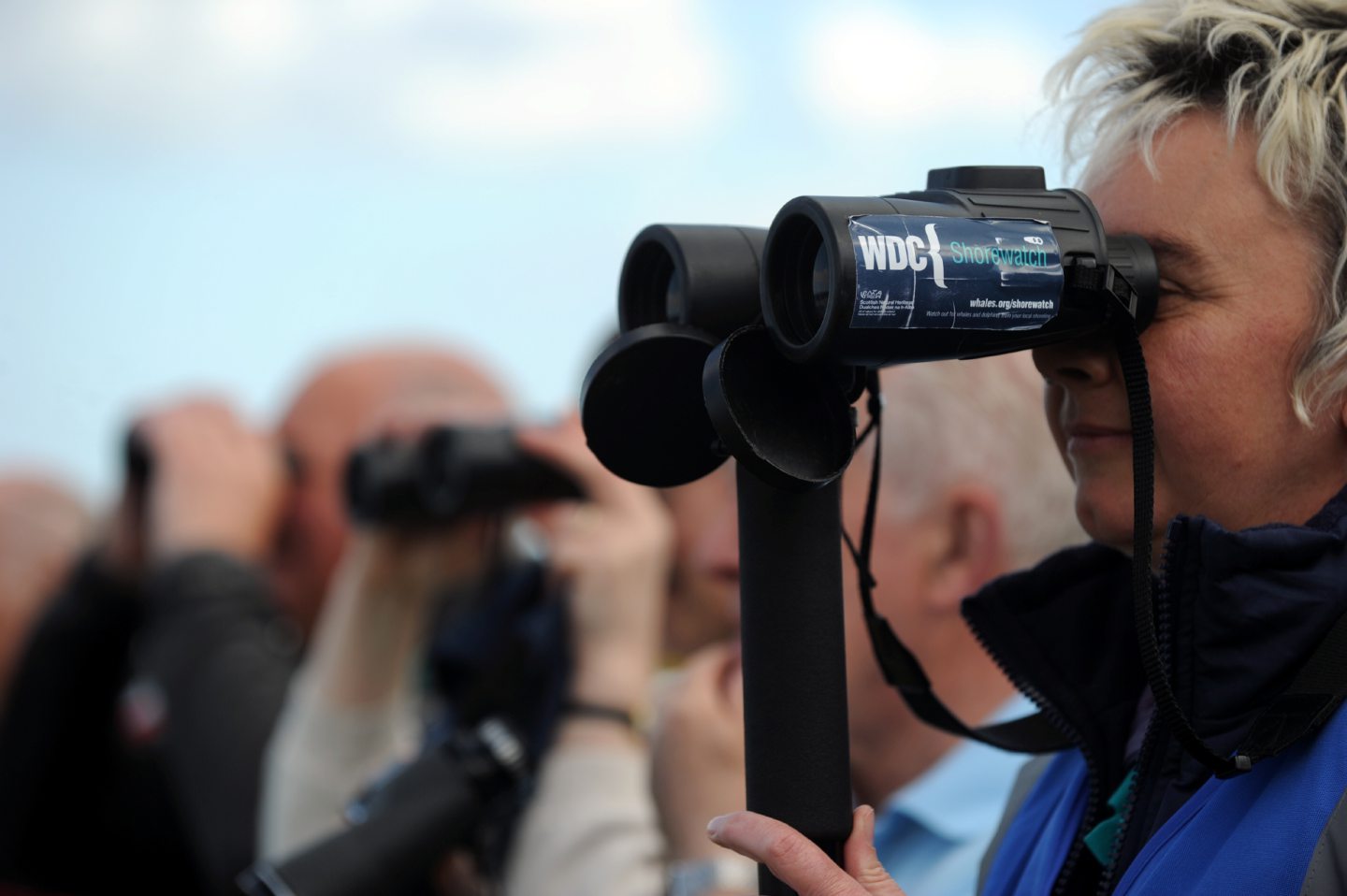
Conversation